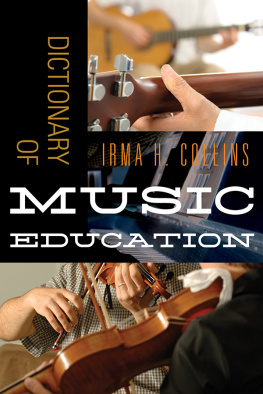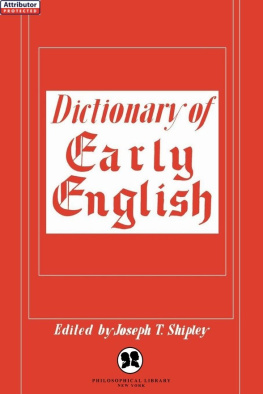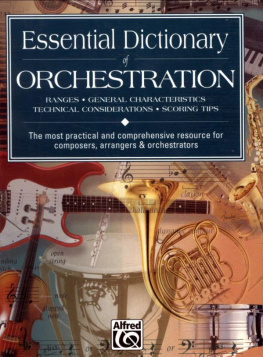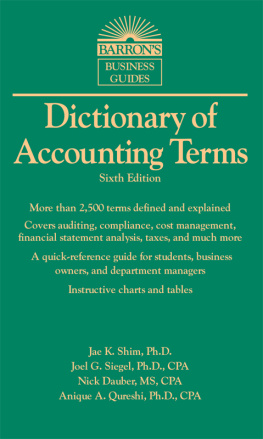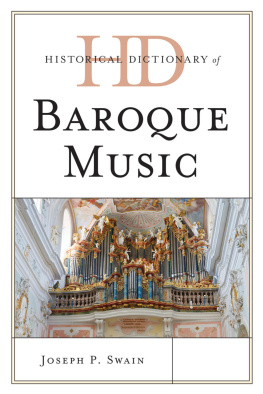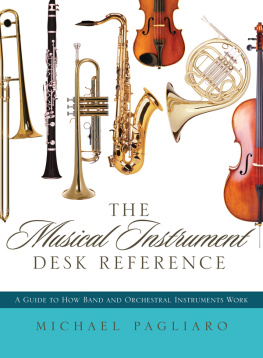About the Author and the Illustrator
Author, violinist, and violist Jo Nardolillo performs as a concerto soloist, recitalist, concertmaster, chamber musician, and orchestra member throughout the United States and in Europe. As a champion of music by living American composers, she has commissioned, recorded, and given the world premieres of many new works. She has been heard around the country on radio and television broadcasts, and she has performed with many of the worlds leading musicians.
Nardolillos performance highlights include the world premiere of Thomas Pasatieris Viola Concerto, which was written for Nardolillo, the Berg Violin Concerto with the St. Petersburg State Symphony in Russia; recital tours of the United States, Ireland, and Russia; and live radio and television broadcast concerts in New York, Kentucky, and the Pacific Northwest. Nardolillo is the founding member of the innovative new-music ensemble TangleTown Trio and the gypsy jazz band Touch.
Dr. Nardolillo has also served as concertmaster of Seattles 5th Avenue Theatre, the Metropolitan Symphony Orchestra, and the Skagit Opera; acting associate concertmaster and principal second violin of the New Hampshire Music Festival Orchestra, associate concertmaster of the Maryland Symphony and the Fort Collins Symphony; principal second violin of the Boulder Philharmonic; visiting concertmaster of the Bangor and Waterloo Symphonies; and assistant principal second of the Annapolis Symphony. She has also been a member of the Alabama Symphony, the Youngstown Symphony, and the Tuscaloosa Symphony, and she has performed with the New World Symphony and served as principal second at the National Orchestral Institute. She has done session work recording movie and video-game soundtracks for Seattle Music and Skywalker Ranch.
Dr. Nardolillo earned a bachelors degree in music from the Cleveland Institute of Music, a masters degree in music from Rice University, and a Doctorate of Musical Arts degree from the Eastman School of Music where she was awarded a certificate in pedagogy from the Institute for Music Leadership and was Mikhail Kopelmans teaching assistant. Nardolillo has taught at the Eastman School of Music, where she received the prestigious TA Award for excellence in teaching, as well as Rice University, the Cleveland Institute of Music, the University of Rochester, Asbury University, the University of Puget Sound, the Hochstein School of Music, the Levine School of Music, and the Gadsden Center for the Arts. She served as assistant professor of music at Mercer University, where she was named outstanding faculty of the year for 2007-2008.
Nardolillos first book, The Canon of Violin Literature, was published in 2011 by Scarecrow Press as part of its Music Finders Series.
When she performs, Dr. Nardolillo plays a 1791 Johannes Cuypers violin, a 1991 John Newton viola, and a 2009 Brad Higgins fiddle.
Illustrator T. M. Larsen is a professional double bass player active in the Pacific Northwest. As an orchestra musician, he has performed with the Seattle Symphony, the Seattle Opera, the Pacific Northwest Ballet, the Seattle Baroque Orchestra, the Northwest Chamber Orchestra, and the Northwest Sinfonietta, where he serves as principal bass. As a jazz bassist, Mr. Larsen has been a member of the Jim Baker Band and the Northwest Sinfonietta Jazz Quintet.
Mr. Larsen has created illustrations for Orchestra2001 (Philadelphia), International Opus, Labyrinth Books, the Northwest Sinfonietta, Liberty Winds, the Spoleto Music Festival, the American Composers Forum, and the Philadelphia Ballet Orchestra.
About Table 1: Bowstrokes
The numerous terms and techniques for the myriad variety of string instrument bowstrokes is probably the most complex and difficult-to-explain aspect of string playing. Terms naming individual bowstrokes are most often in French and have generally agreed-upon meanings, though specific definitions and the technique of exactly how to achieve each stroke varies depending on bow hold, era, and the legacy of teaching lineage. The issue of bowstrokes is further complicated by the fact that while the Western notation system has symbols for articulations and bowings, there are no symbols to represent bowstrokes. In modern conventions, bowstrokes are an artistic choice of the individual player, reached by interpreting a combination of bowing and articulation marks in the context of style, era, and genre. It is important to understand that this table makes no attempt to definitively codify bowstroke notation, but rather offers merely the notation most commonly interpreted as a particular bowstroke. Many bowstrokes share identical notations and some have no notation at all. Anyone truly wanting to understand or communicate a particular bowstroke should consult directly with an expert string player.
Table 1: Bowstrokes
general bowing terms |
term | notation | description |
down-bow Abstrich (Ger.) arcata in gi (It.) tire (Fr.) | | A bowstroke that is pulled away from the frog and towards the tip. |
up-bow Aufstrich (Ger.) arcata in su (It.) pouss (Fr.) | | A bowstroke that is pushed away from the tip and towards the frog. |
slur Bindung (Ger.) chapeau (Fr.) legatura (It.) | | A legato connection between notes. String players execute slurs by playing all the notes under the slur line in one stroke of the bow. |
free bowing | Play without preset bowings. The term is used most often in orchestral settings to indicate that the standard conventions of unified bowings do not apply. Instead, each performer is to choose bowings independently. often as they are felt in the moment. |
on the string la corda (Fr.) alla corda (It.) | Any bowstroke that is executed with the bow hair remaining in contact with the string. |
off the string saltando (It.) springender Bogen (Ger.) | Any bowstroke in which the bow bounces so that the hair loses contact with the string. Off the string strokes may be thrown from above the string or initiated from the string. |
from the string | Any bowstroke begun with the horsehair in full contact with the string, usually used to control the start of an off the string passage. |
thrown stroke gettato (It.) | Any bowstroke that is begun by throwing the bow at the string from above. Thrown strokes include battuto, drum stroke, jet, and ricochet. |
off the string bowstrokes |
term | notation | description |
battuto (It.) | An entirely vertical, thrown stroke in which the string is beaten with the |


